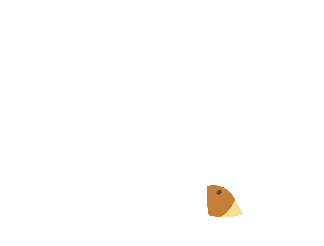The Associations...

Lake Preservation Tips and Info

ALMA 2024 Update:
Perhaps the most notable aspect of this past year has been the increased number and intensity of rain events, resulting in higher water levels than usual. The dam has been flowing continuously all year.
Based on the weed survey conducted by our limnologist this past spring, there were no areas of concern identified at that time. We have applied for a DEEP permit to apply herbicides again this summer if there are areas of excessive weed growth, though we hope to not have to use it.
We are due this spring for our 5-year dam inspection, as required by the state and by our insurance company. We will be opening the valve to lower the water level to allow for some routine but necessary repairs to be done, prior to the inspection by our engineer.
This summer, we will hold a meeting about our Emergency Action Plan (every two years) at the dam, with town officials.
Lastly, we are exploring improvements to the Island Street entrance into the water and the path from School Road down to the dam, which has eroded from all the rainfall.
The geese and eagles are active. The skunk cabbage and snow drops are reappearing. We all look forward to a beautiful spring/summer on the lake.
The ALMA Board
Retaining Walls & Docks
ALMA must approve all docks, floats and walls constructed or placed on the Lake. This applies to new docks, floats, and walls, as well as to changes to existing docks, floats, and walls beyond simple maintenance. A written description of the project must be submitted to ALMA. The DFW committee will review these proposals. Before erecting a dock or float or building a wall - please click here to read the Docks, Floats and Retaining Walls Regquirements Also Pulling weeds consent must first be obtained from ALMA.
Click on the links for detailed guidelines and applications for each.
How you can help to keep the lake clean
>Pick up your dog’s droppings from all paths, right-of-ways, dam area and roadways.
> Phosphates are a major source of algae blooms, weed growth, and poor water quality in lakes. ALMA and ALPOA discourage the use of any lawn fertilizer, but if you must, use one without phosphates. New state laws restrict the use of fertilizers with phosphates. Use phosphate-free detergents.
> Landscaping does affect the flow of nutrients into the lake. A buffer zone of native vegetation along the shore and rain gardens to collect runoff are proven to reduce the flow of nutrients into the lake. A rain garden is a planted depression or a hole that absorbs rainwater runoff from impervious areas, like roofs, driveways, and walkways. Often it is an area that has been excavated, filled with sand, and planted with native shrubs.
> Pump your septic tank and have it inspected on a regular basis – every three years is recommended.
As owner of the lake and right of ways ALMA makes every effort to protect the lake environment and keep the lake clean and healthy. Here are a few things that you can do to help preserve the lake:
-
Eliminate the use of fertilizer especially Organic fertilizer
-
Keep your Septic system well maintained and pump it every three years
-
Remove any organic matter from the lake such as leaves or grass clippings
Even if you don’t live on the waterfront this will help protect our beautiful lake.
Sediment Report: Click on Sediment Report to read the final report that describes investigations on the nature of sediments in the south Bay (aka the “cove”) of Andover Lake by Drew Hyatt and his students from Eastern Connecticut State University (Department of Environmental Earth Science).
This report describes findings based on (a) probing the thickness of sediments in the bay, (b) recovering and analysing sediment cores from the bay, (d) determining the age of sediments, and (d) collecting ground penetrating radar to map sediment thickness and water depths throughout the bay. Key findings and implications for potential dredging are summarized on pages 328-31.”

